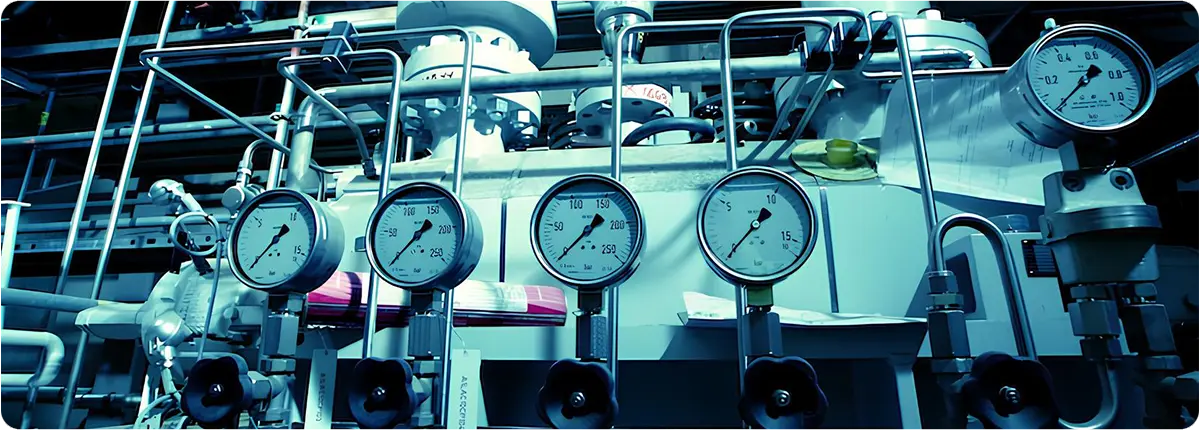Pressure Measurement Systems and Transducers
Pressure is one of the most critical parameters in industrial processes. Incorrect pressure measurement can lead to efficiency losses, safety hazards, and equipment damage. Therefore, pressure measurement systems and transducers form a cornerstone of measurement and control systems.

PRESSURE CONCEPT AND BASIC FORMULA
Pressure is defined as the force applied perpendicular to a surface divided by the area of that surface.
Formula:
P = F / A
Where P is pressure (Pa), F is force (N), and A is surface area (m²).
PRESSURE MEASUREMENT DEVICES
• Manometers: Simple, low-cost solutions.
• Bourdon Tubes: Widely used mechanical devices.
• Strain Gauge Sensors: Measure pressure through changes in electrical resistance.
• Differential Pressure Transmitters: Also used in flow and level measurement.
TRANSDUCERS AND WORKING PRINCIPLE
Transducers are devices that convert pressure into electrical signals. The output is typically 4–20 mA or 0–10 V, enabling seamless integration with PLC and SCADA systems.
CALIBRATION AND ACCURACY
Pressure transmitters must be calibrated periodically. Calibration according to IEC 17025 ensures measurement accuracy and system reliability.
APPLICATION AREAS
• Steam pressure control in power plants
• Reactor pressure monitoring in petrochemical industries
• Membrane inlet pressure in water treatment plants
• Pressure monitoring in pasteurizers within the food industry
CONCLUSION
Pressure measurement systems are essential for process safety and efficiency. With proper device selection, regular calibration, and correct system integration, industrial facilities can achieve safe and sustainable operations.
 Convalve
Convalve Convalve
Convalve